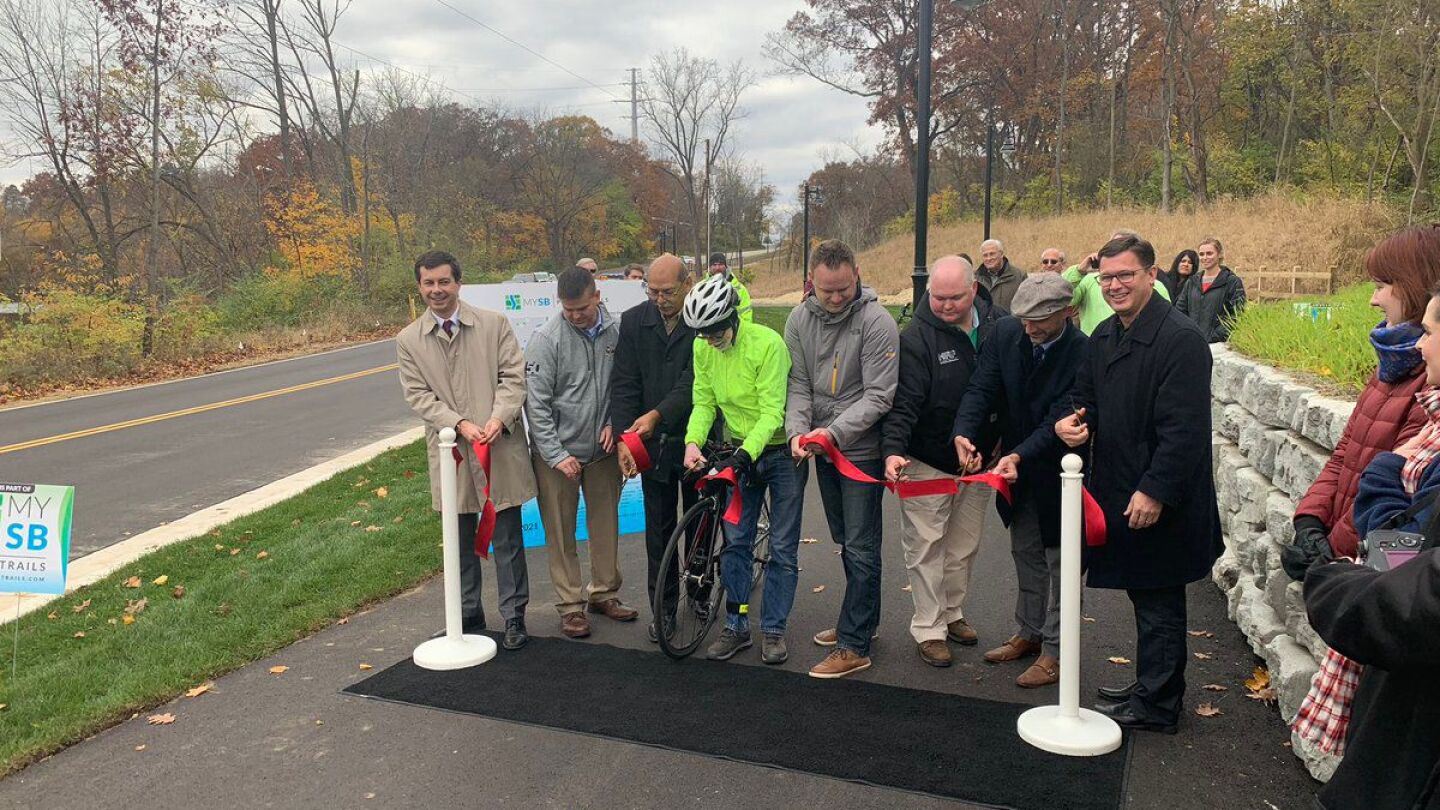Planning
Planning is an essential function of local and state government agencies, involving the strategic development of policies and initiatives that shape the growth and sustainability of communities. Effective planning covers a wide range of areas, including land use, transportation, and environmental impact, ensuring that development aligns with the region’s long-term goals. This directory offers articles on planning and related topics like Zoning, which explores the regulations that govern land use and development to create orderly and beneficial urban and rural environments.
Learn how to access grants funding for transportation, utilities and other critical national infrastructure
Learn how to access grants funding for transportation, utilities and other critical national infrastructure
FEMA Administrator Deanne Criswell: “Adults aged 65 and older are a growing demographic who are often disproportionately impacted by severe weather”
By 2040, the site of an old Ford assembly plant will be home to a variety of housing options, office and retail space, public parks and other publicly accessible green space as well as transportation options. The city is expected to invest millions in infrastructure.
City leaders are eager to find a way to keep the lights on during emergencies, and they’re weighing an investment in a microgrid.
New ‘smart city’ programs will leverage technology and education to benefit residents, businesses and entrepreneurs: smart transit systems, public Wi-Fi connectivity, skills and training, public safety infrastructure and safer neighborhoods.
State officials estimate Chico has added 20,000 people, boosting the population from 92,000 to more than 112,000. The city didn’t expect that number until at least 2030.
“Rebuilding the Ridge” is a rallying cry on signs around town, evoking the beauty and peril of rebuilding on a wind-swept jut of land poking out of the Sierra Nevada and begging the question: Will the resurgent community be safer this time?
A new report from Public Services International points to the dangers of ‘corporate-led’ smart city initiatives and insists that these technological paradigms must be designed for people rather than profit.
On Sunday, residents of Coffey Park, a neighborhood in Santa Rosa that was leveled in the Tubbs fire in 2017, received evacuation orders over the Kincade fire.
South Bend is enhancing community assets and safety through a $50 million parks redevelopment effort. Part of long-term planning on pedestrian safety enhancements, a city-owned bike repair shop supports bike commuting in the city’s West Side.
What does it take for cities to become better?
Is your city’s planning department considering electronic plan review? Find out the most important questions to ask to procure the solution that best fits for your organization
With an increased frequency of severe storm damage and increased hurricane flooding, the South Carolina Floodwater Commission was formed to address real-time climate impacts.
Communities facing the loss of a school after a hurricane, earthquake or other disaster can increase school infrastructure resilience. Get a roadmap for stakeholders, tools and best practices.
Strong Towns finds land use decisions that grow cities by expanding outward wreak long-term financial havoc as local governments take on more infrastructure than they can maintain.
Cincinnati’s soccer stadium deal includes the city spending $35M on infrastructure while the schools take in the same in payments and a new sports complex.
Mobile County, Alabama, reduced permit lag times by expanding its enterprise information platform to include digital permitting and inspections. Key to the transition was staff trainings.




















